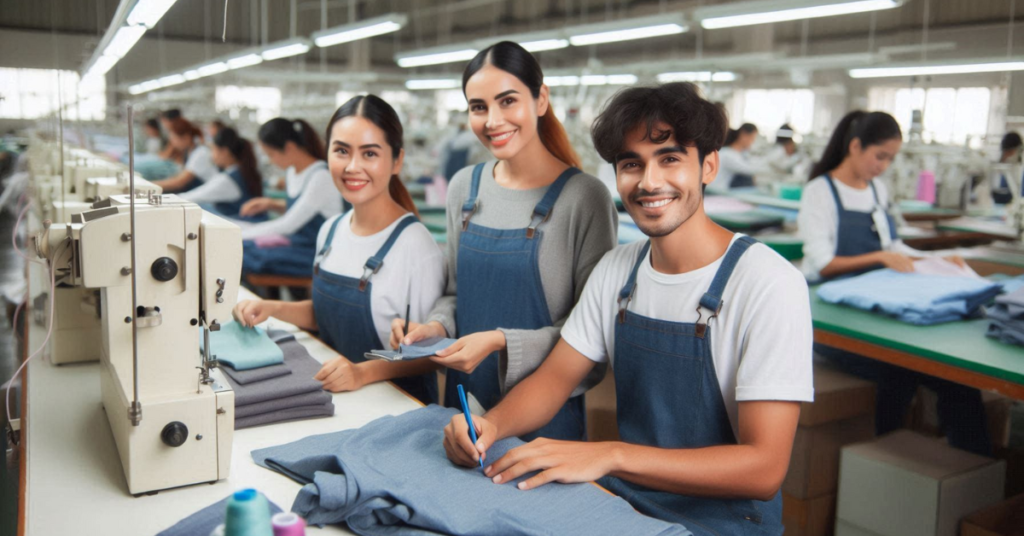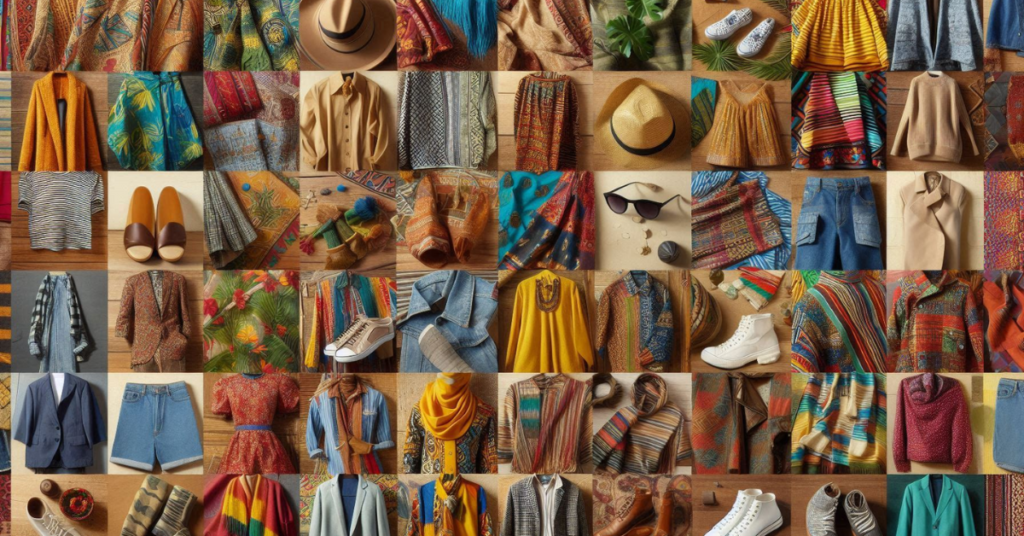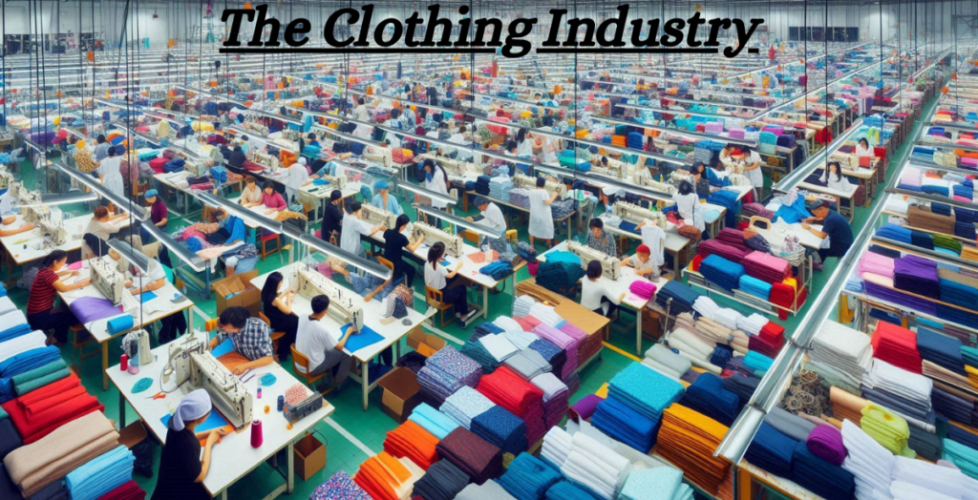The Clothing Industry: A Global View
The clothing industry, namely the garment industry, involves several sectors, such as the production, distribution, and sale of clothing. This sector is a significant player in the global economy, as it is expected to witness a steady increase in market value triggered by the rising trend of e-commerce and the demand for fast fashion.
Global Production and Major Players
For over a decade, China has led global clothing manufacturing. It accounts for about 30% of textile and apparel exports. It’s advanced manufacturing capabilities and skilled labour contribute to this dominance. Pakistan is vital to the textile sector. It is the fourth-largest producer of cotton and the eighth-largest exporter of textiles. The textile industry in Pakistan is vital to the global market. It makes up 8.5% of GDP and employs millions.
Economic Impact and Evolution
The clothing industry plays a critical role in the global scrimping. The market’s value will grow. Online shopping and demand for fast fashion are driving it. The industry is shifting to sustainable practices. Brands adopt sustainable materials to cut waste and environmental impact. The fashion industry causes about 10% of global carbon emissions, highlighting the need for more responsible practices.
Historical and Regional Perspectives
Researcher Peter Dicken has extensively studied the clothing industry, mainly focusing on the Northwest of England. His work has evolved to adopt a global perspective, explaining regional and local economic changes through the actions of firms and transnational corporations. Dicken’s research covers topics including transnational corporations and global production networks, offering a clear view of how the industry operates.
Also Read: Y2K Fashion: A Blast from the Past Shaping Today’s Trends
Social Responsibility and Ethical Practices

Critics have scrutinized the clothing industry for its working conditions. In developing countries, workers often face low wages and poor environments. Many industry leaders are changing their purchasing practices to enhance working conditions. Consumers are more aware now. Brands must adopt ethical practices, like fair labour and supply chain transparency. Many companies are now striving for certification from organizations that promote social responsibility.
Current Trends and Innovations
E-commerce has transformed retail, making online shopping more accessible for consumers. Also, 3D printing, AI in inventory, and digital fitting rooms are changing manufacturing and shopping. Demand for personalized shopping and sustainable fashion is rising. It’s shifting consumer preferences. Brands must innovate to keep up.
Challenges Facing the Industry
Clothing businesses face many troubles, including supply chain failure, economic mutations, and global events like COVID-19. The pandemic demonstrated the global supply chain’s weaknesses, and now firms are considering their procurement plans again. Additionally, geopolitical and trade disputes can add to the sector’s complexity by affecting production and distribution.
Read Also: The Wide-Leg Jeans Edit: Styles, Tips & More
Conclusion
The clothing industry is complex and ever-changing. It has significant financial, social, and environmental effects. China leads in manufacturing. Pakistan is critical in textiles. The industry is vital to global trade. E-commerce is growing, and there is a push for sustainability. They are reshaping the industry. Ongoing research offers insights into its evolution. As the industry progresses, we must balance growth with ethics. We need sustainable practices to benefit the global economy and society. Stakeholders can create a better future for the clothing industry. They must address various challenges and trends.

Read Also: Lolita Fashion: Beyond the Frills
FAQs
What is the clothing industry?
The massive apparel industry covers many recyclable sectors, producing, distributing, and selling clothing and garments. This class outsized the global economy and employs some of the most important players, such as China and Pakistan.
How much of the global clothing market does China produce?
China has been the clothing production leader for more than a decade. It garners around 30% of total textile and apparel exports worldwide.
What are some challenges facing the clothing industry today?
Supply chain interruptions, economic ups and downs, and global problems like the COVID-19 pandemic are significant issues. These issues highlighted the weaknesses of production and distribution systems.
How does the clothing industry impact the environment?
The clothing industry handles approximately 10 percent of global carbon emissions. This impact shows the need for sustainable practices incorporating sustainable resources and minimizing disposal.
What trends are shaping the future of the clothing industry?
Trends in e-commerce growth, new technologies such as 3D printing and AI, and a demand for sustainable, ethical fashion have helped to shift consumer preferences and industry practices.
